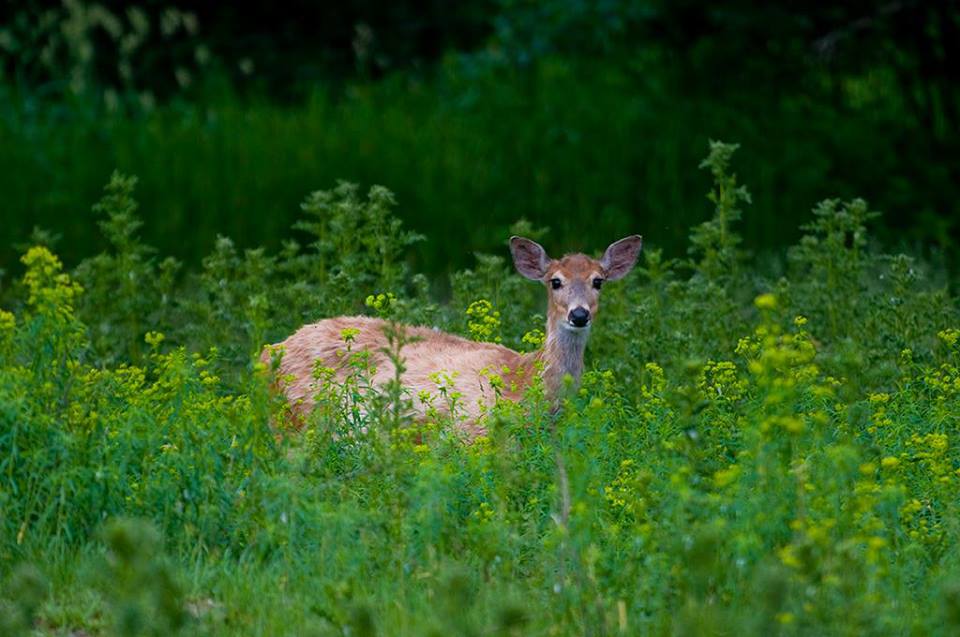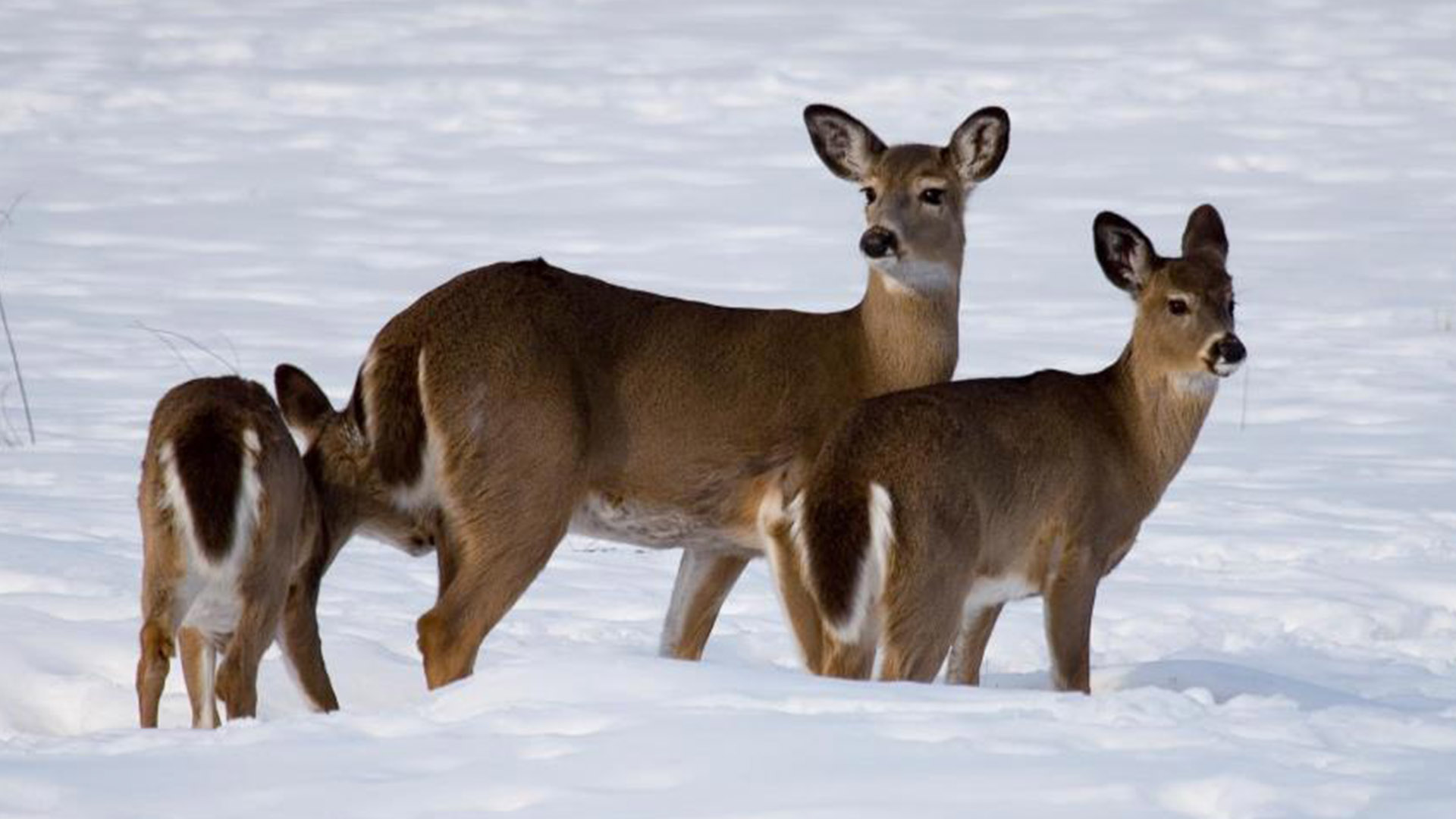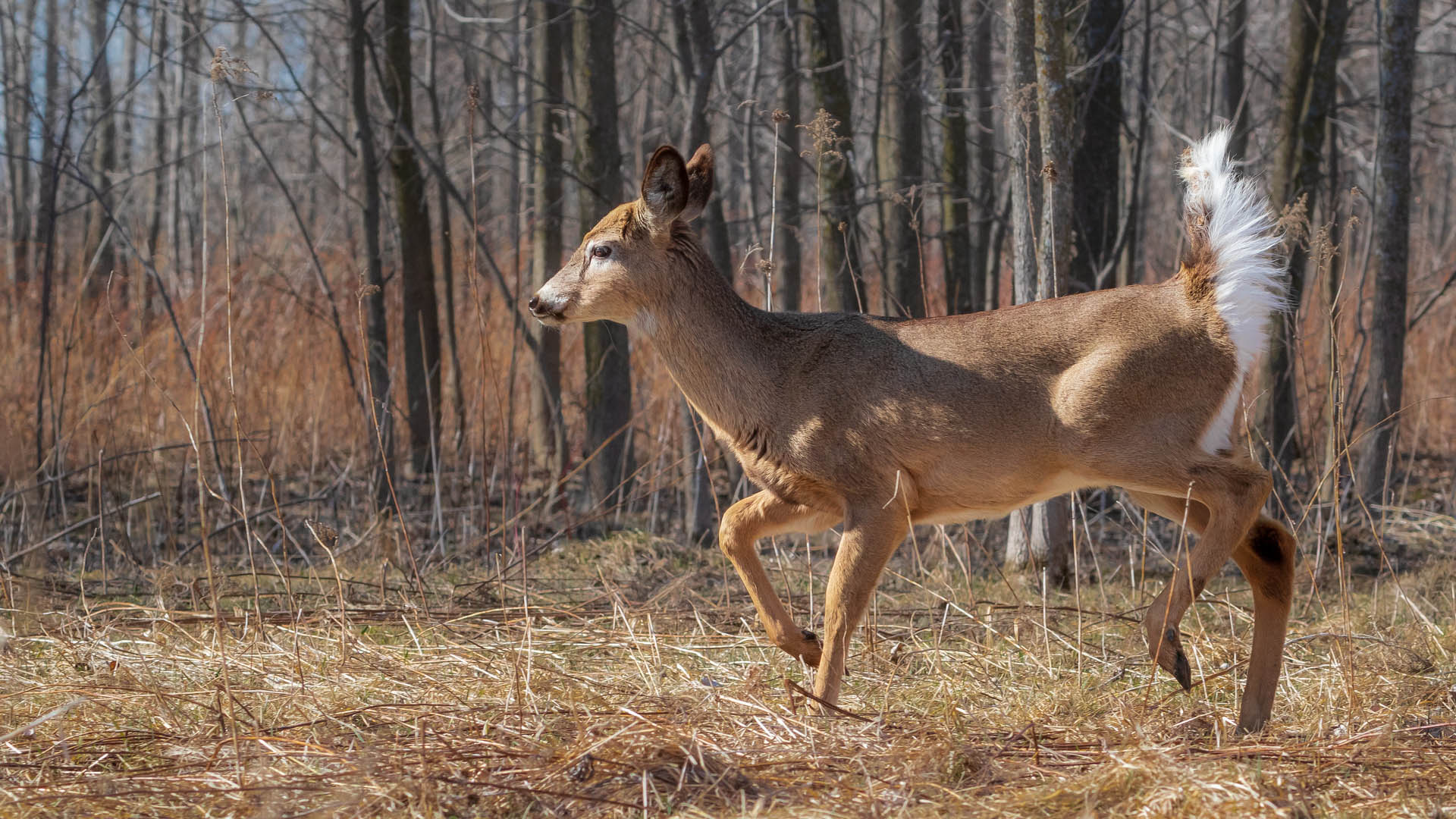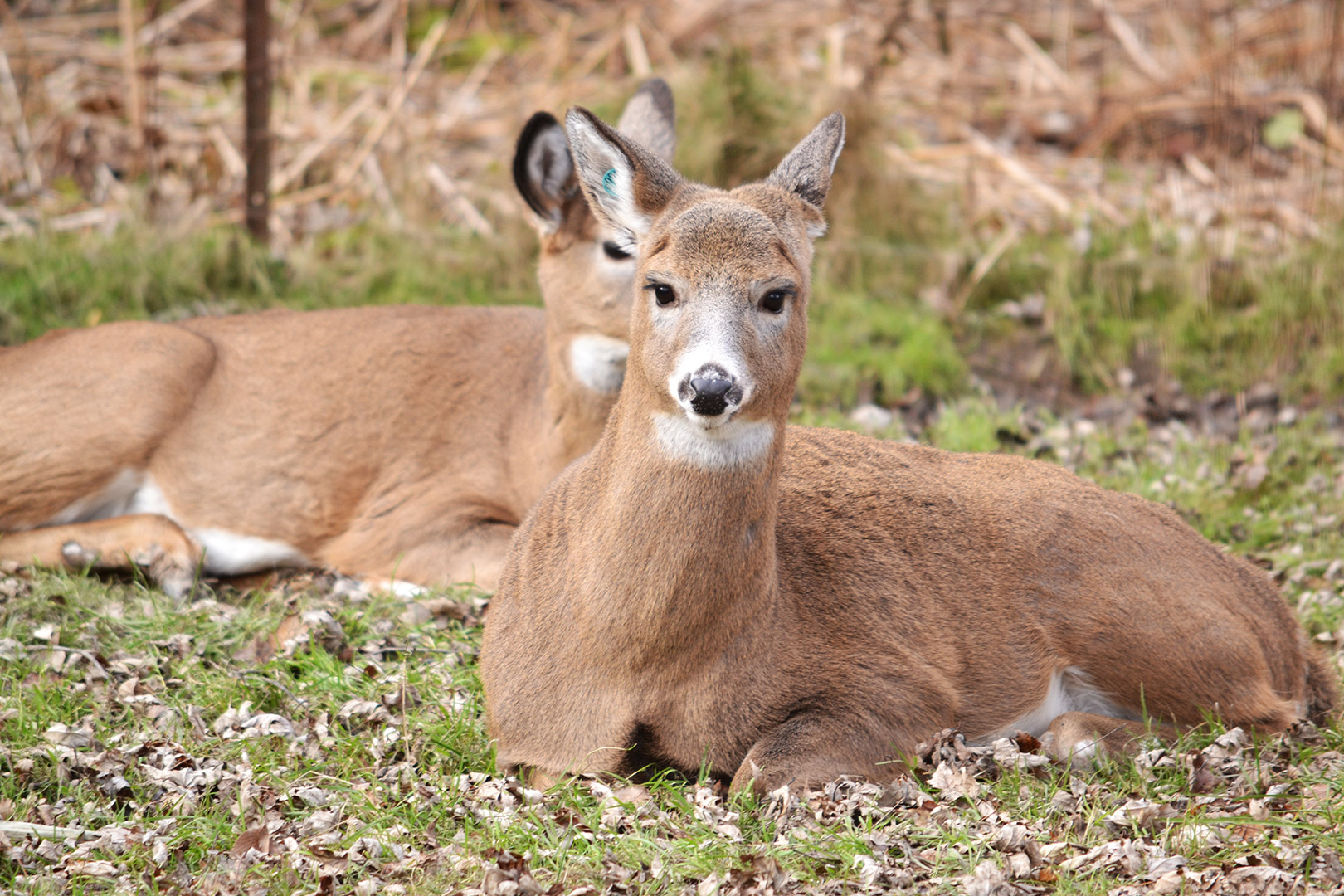

The White tailed deer is the most common cervidae in Québec.

Slender body
Long slim legs
Reddish brown fur
White fur present on the belly, on the throat, along the inside of the legs, around the eyes and beneath the tail
Males grow antlers
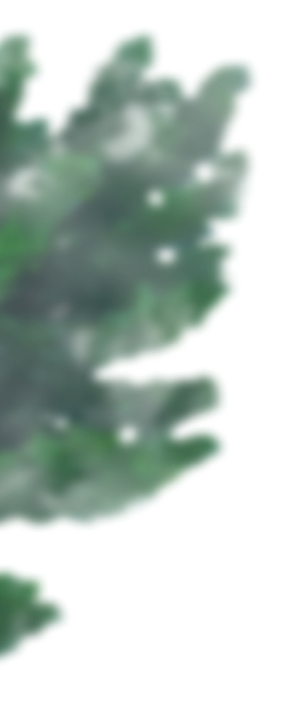

Fact sheet
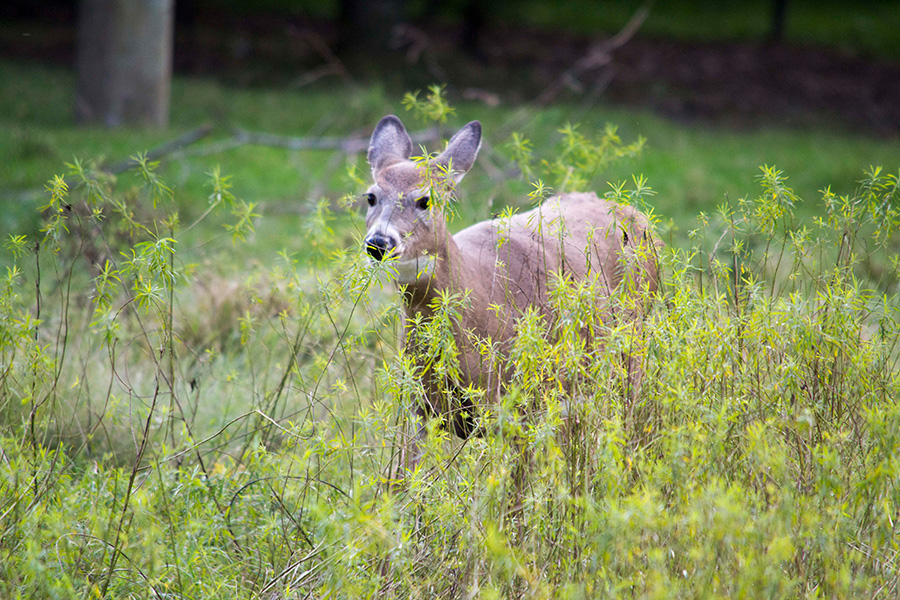
Come see the White-tailed deer
Related articles

Support the White tailed deers
